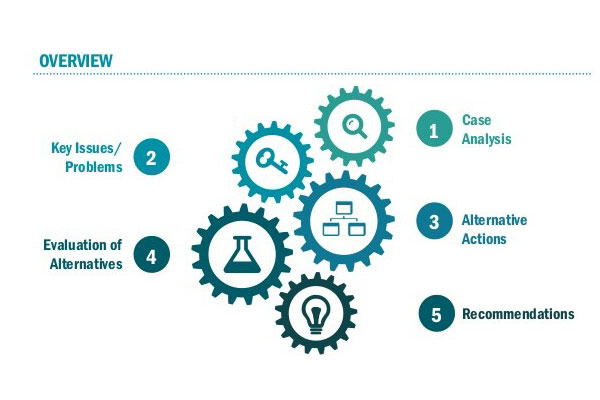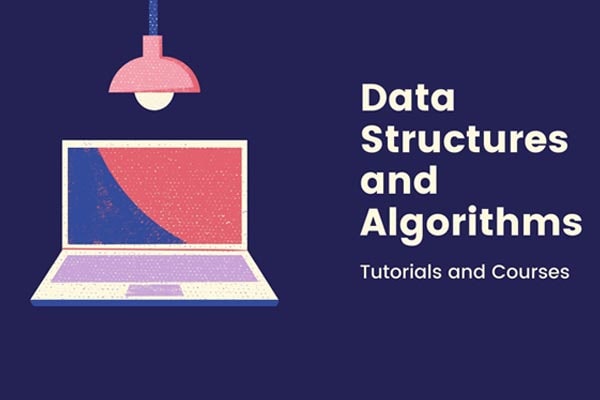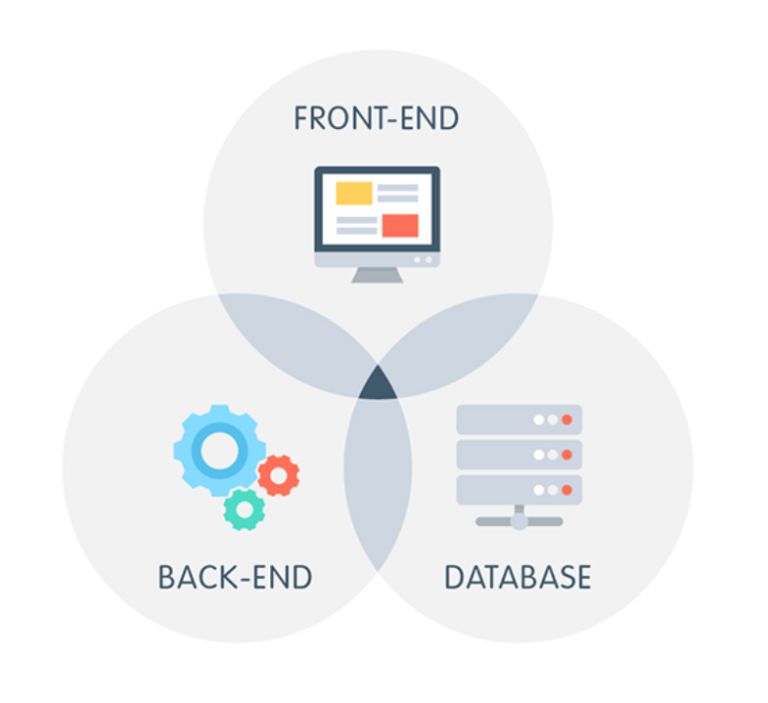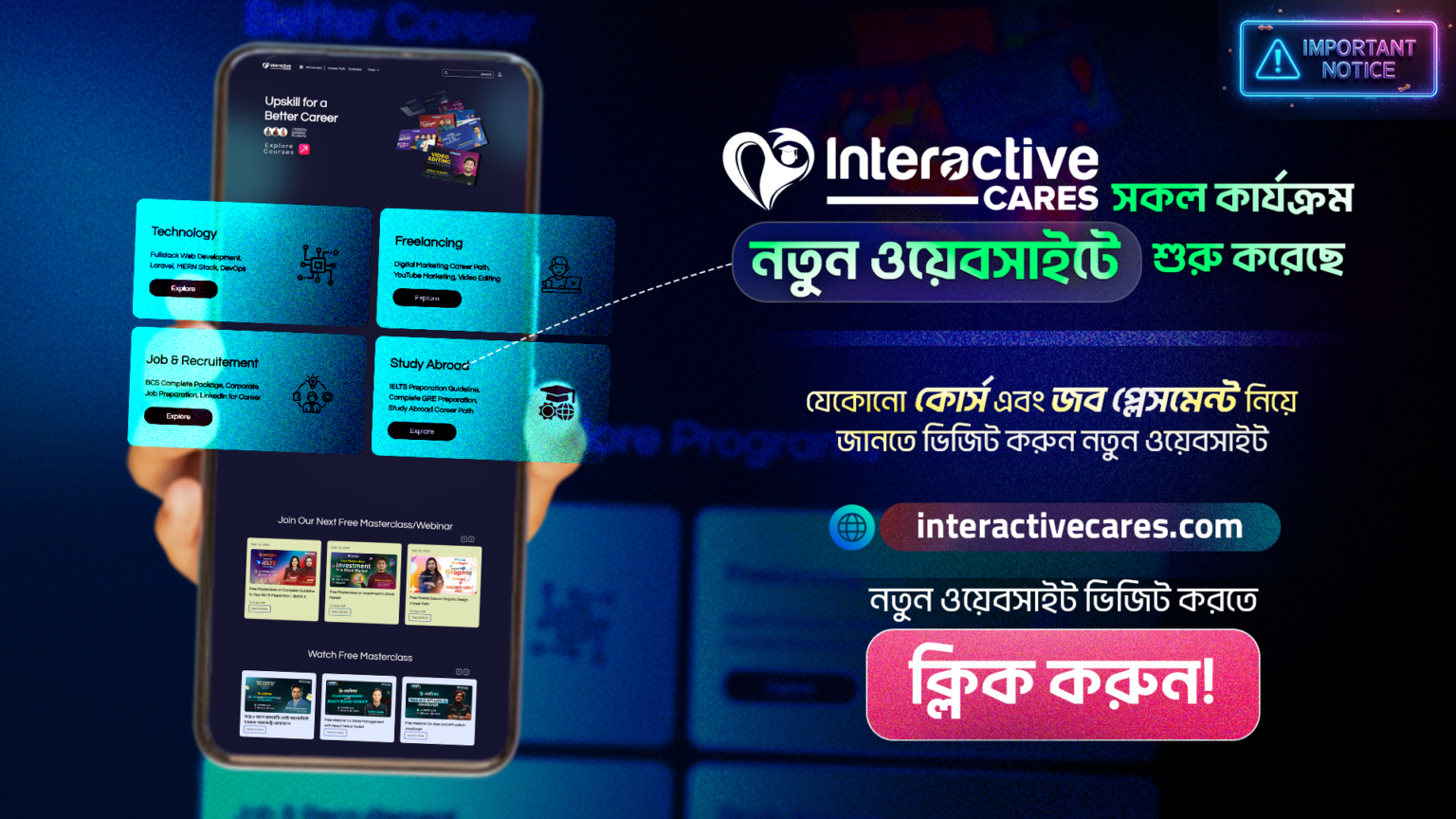Intro
In this world of tech and faster internet, it will be very rare to find anyone who doesn’t use Facebook or Google. Facebook, Google, X, Pinterest, etc. are all websites that we use on a daily basis. You type Facebook’s address on the bar, and something takes you to Facebook from there. You see the doodle of Google change every now and then. Hence the question arises: how and who does all this?
You will find all the answers in Fullstack Web Development. So let us dig into the world of full-stack web development.
What is full stack web development?
Fullstack web development represents a collection of languages and frameworks that help build a website. Both the backend and frontend areas are built, developed, and maintained using different languages and frameworks.
There are two main sectors of a website: the client side and the server side. Client-side refers to the processing that takes place on the user’s computer. It requires browsers to run the scripts on the client machine without involving any processing on the server. Likewise, server-side indicates the processing that takes place on the server. Fullatack web development deals with both ends of a functioning website. The frontend deals with the client, while the backend deals with the server.
Who are Full Stack developers?
Full Stack developers come in handy for both the frontend and backend. They have to be efficient in both backend and frontend languages and their frameworks. Servers, networks, and hosting environments are also at their fingers’ ends.
To get these vast amounts of knowledge, most full-stack developers may have spent many years working in a variety of different roles. They also tend to be well-versed in both business logic and user experience.
Front and back-end programming
Front end:
It is the visible part of a website or web application that is responsible for the user experience. The user directly interacts with the frontend portion of the web application or website. The texts, images, animations, graphics, and all other clickable links that are visible to the eyes—all these make up the front end. There are several languages that we can use in frontend. HTML-CSS is the most common one. HTML (HyperText Markup Language) defines the link between webpages, and the tags under it define the structure of the specific webpages. CSS (Cascading Style Sheets) does all the styling on a webpage. In short, we can say that if HTML is a person, then CSS is all the fashionable attire that he or she can have. Other than HTML-CSS, JavaScript is a famous scripting language used to create the magic on sites to make them interactive for the user.
Backend:
It refers to the server-side development of a web application or website with a primary focus on how the website works. It is responsible for managing the database through queries and APIs via client-side commands. To express this in simple language, we can tell that the frontend is what we see, and the backend is why and how we see that particular page.
Why is it necessary?
Full-stack web development is the beating heart of the internet, where the magic of design and functionality converge. We’ve journeyed through both front-end and back-end development, uncovering the essential roles of full-stack developers. But this adventure is far from over. The world of web development is dynamic and ever-evolving, presenting endless opportunities for those who wish to craft digital experiences and master the art of building versatile, interactive, and efficient websites.
Why Our Fullstack Web Development Career Path Matters
If you’ve found yourself captivated by the possibilities of full-stack web development, if you’re excited about creating the next big thing on the web, and if you’re ready to transform your passion into a rewarding career, our Fullstack Web Development Career Path is the compass you need on your journey.
Here’s why our course matters:
Comprehensive Learning: Our career path provides a comprehensive and structured curriculum that covers both front-end and back-end development. You’ll gain proficiency in the languages, frameworks, and tools used by full-stack developers.
Hands-on Experience: We emphasize practical, hands-on learning. You’ll work on 30+ real-world projects and assignments, apply your knowledge, and build a portfolio that showcases your skills to potential employers.
Industry Expert Guidance: Learn from experienced instructors who have a deep understanding of web development. They’ll guide you through the complexities of the field and provide mentorship along the way.
Community and Networking: Connect with a community of fellow learners and industry professionals. Networking is an invaluable part of a successful career, and our career path provides opportunities for you to build meaningful connections.
Job Opportunities: Full-stack developers are in high demand, and our career path is designed to prepare you for a successful career in the industry. You’ll have the skills needed to secure well-paying positions and work on exciting projects. Moreover, after successful completion of our career path you will have the opportunity to apply for jobs and internships in 50+ topnotch IT companies of the country. Not to mention, there is always scope for remote jobs too.
So, whether you’re starting from scratch or looking to level up your skills, our Fullstack Web Development course equips you with the knowledge and practical experience to thrive in this ever-evolving field. Don’t just be a spectator of the digital world; become a creator. Join us on this exciting journey, and together, we’ll bring your dreams of becoming a web developer to life.







































